Neo Tokyo (film)
4.2 /10 2 Votes
Initial DVD release September 14, 2004 Country Japan | 7.2/10 IMDb Genre Animation, Adventure, Fantasy Duration | |||||||||||||||||||||||||||||||||
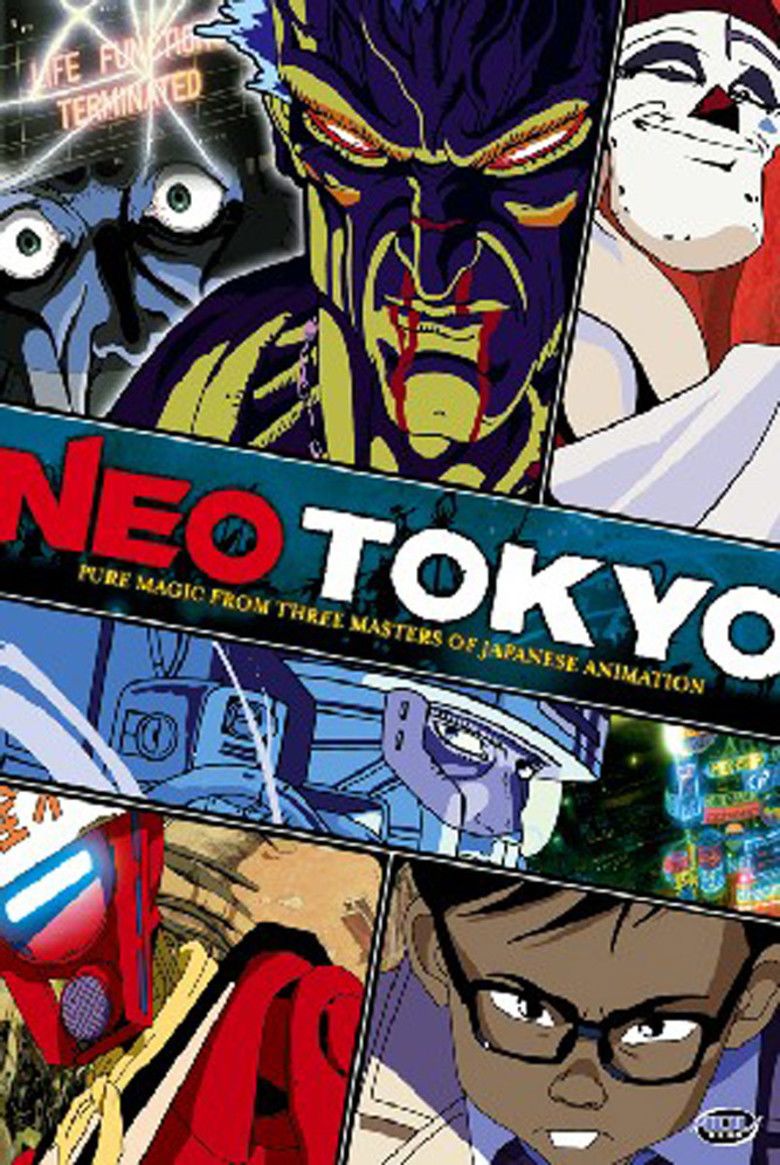 | ||||||||||||||||||||||||||||||||||
Director Rintaro (Labyrinth labyrinthos)Yoshiaki Kawajiri (Running Man)Katsuhiro Otomo (Construction Cancellation Order) Release date September 25, 1987 (1987-09-25) (Tokyo International Fantastic Film Festival 87)October 10, 1987 (1987-10-10) (video premiere)April 15, 1989 (1989-04-15) (theatrical release) Writer Taku Mayumura (short stories), Rintaro (screenplay), Yoshiaki Kawajiri (screenplay), Katsuhiro Otomo (screenplay) Directors Katsuhiro Otomo, Yoshiaki Kawajiri, Rintaro Screenplay Katsuhiro Otomo, Yoshiaki Kawajiri, Rintaro Cast (Shôjo Sachi (segment "Labyrinth*labyrinthos")), (Bob Stone (segment "Hashiru otoko")), Yû Mizushima (Sugioka Tsutomu (segment "Kôji chûshi meirei")), Iemasa Kayumi (Buchô (segment "Kôji chûshi meirei")), Jôji Yanami ((segment "Kôji chûshi meirei")), Hiroshi Ôtake (Robot 444 no 1-gô (segment "Kôji chûshi meirei"))Similar movies Ex Machina , RoboCop , Automata , I, Robot , Bill & Ted's Bogus Journey , Sleeper | ||||||||||||||||||||||||||||||||||
Neo Tokyo (迷宮物語, Meikyū Monogatari, literally "Labyrinth Tales"), also titled Manie-Manie on its title card, is a 1987 anime science fiction anthology film produced by Project Team Argos and Madhouse. Conceived and produced by Madhouse founders Masao Maruyama and Rintaro, it adapts short stories by Taku Mayumura featured in the 1986 collection of the same Japanese title and is executive produced by publisher Haruki Kadokawa.
Contents
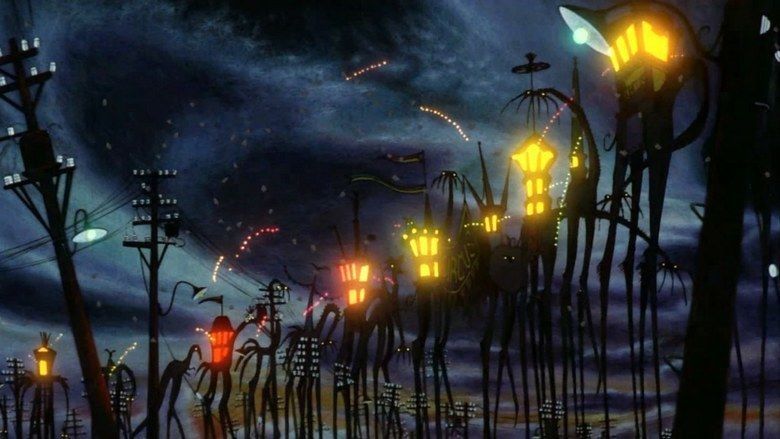
The 50 minute-long film has three segments, each under a different screenwriter and film director: Rintaro's "Labyrinth Labyrinthos," an exploration into the maze of a little girl's mind, Yoshiaki Kawajiri's "Running Man," focusing on a deadly auto race, and Katsuhiro Ōtomo's "Construction Cancellation Order," a cautionary tale about man's dependency on technology. In addition to original music by Godiego's Mickie Yoshino, two prominently feature famous pieces of Western classical music: the first of Erik Satie's Gymnopédies and the "Toreador Song" of Georges Bizet's Carmen in "Labyrinth" and "Morning Mood" from Edvard Grieg's Peer Gynt score, in an ironic manner, in "The Order."
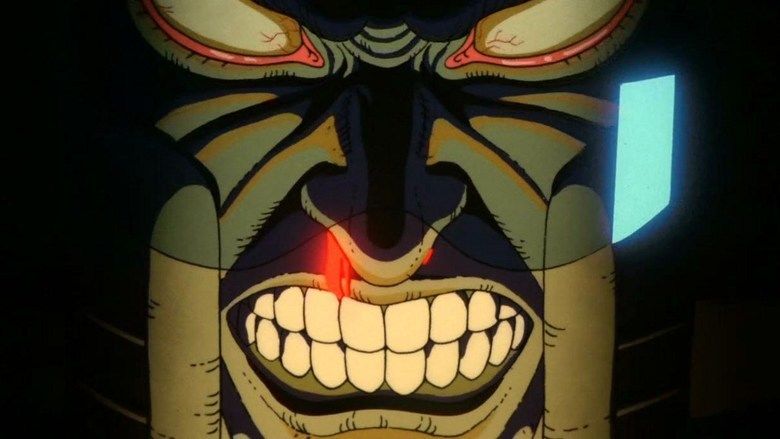
The film premiered on September 25, 1987, at that year's Tōkyō International Fantastic Film Festival. Other than festival screenings, distributor the Tōhō Company originally relegated the film direct-to-video, releasing a VHS on October 10, 1987, but did eventually give it a general cinema release in Japan, on April 15, 1989. In English, the film was licensed, dubbed and released theatrically (as a double feature with the first Silent Möbius film) and to VHS in North America by Streamline Pictures, the license later being taken up by the now also out of business ADV Films.
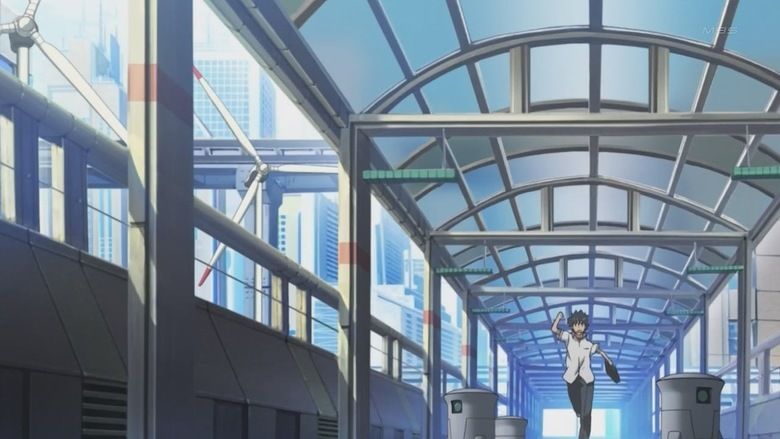
Neo tokyo review
Labyrinth Labyrinthos
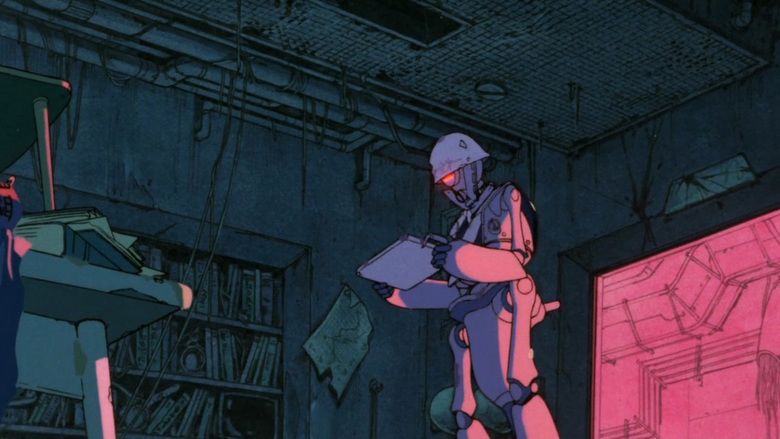
The short follows Sachi (Hideko Yoshida/Cheryl Chase), a girl locked in a game of hide-and-seek with her cat Cicerone. Her search leads her to an old longcase clock which doubles as a doorway to a labyrinth world. The world is filled with supernatural oddities and characters, such as cardboard working class citizens, an invisible dog, a skeleton-led train and a weird circus. Eventually, Sachi and Cicerone arrive at a circus tent where a viewing screen is displayed, leading to the following segments.
Running Man
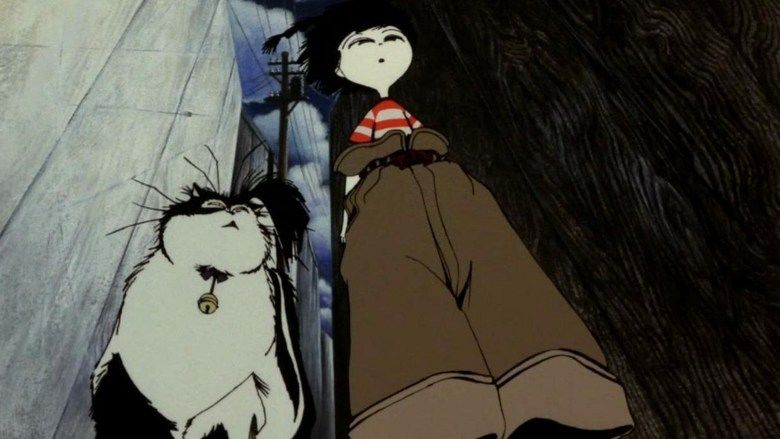
Zack Hugh (Banjō Ginga) is the titular "Running Man," the undefeated champion of the "Death Circus" racing circuit and has raced for 10 years. Competitors race in high-speed Formula One-like craft, and spectators bet on the lives of these people for huge winnings. A Marlowe-esque reporter (Masane Tsukayama/Michael McConnohie) is sent to interview the mysterious Zack outside of the track and watches one of his races. He soon discovers Hugh has telekinetic abilities which he uses to destroy the other racers, after quietly observing him in the dark, chronically over-using a training interface inside his penthouse. As the race ends in his favor, the monitors in the pit displays "LIFE FUNCTIONS TERMINATED." Mysteriously, though seemingly dead, Hugh continues around the track and is overtaken by a spectral racer. He attempts to employ the same strategy, straining to destroy the opponent, but in truth it is against his own mind. The force of the telekinesis is directed inward which rapidly tears both Hugh and his car apart. The Death Circus is permanently shut down afterwards; the reporter believing the event's true draw was the spectators' need to see how long Hugh could beat death.
Construction Cancellation Order
A revolution in the fictional South American country of the Aloana Republic has resulted in a new government being installed; this new government refuses to accept a contract detailing the construction of Facility 444. The company responsible for the construction has begun to lose millions, so salaryman Tsutomu Sugioka (Yū Mizushima/Robert Axelrod) is sent to stop production. The work is completely automated, carried out by robots programmed to finish the job no matter the consequences and led by a robot identified as 444-1 (Hiroshi Ōtake/Jeff Winkless). Witnessing the destruction of several robots and Robot 444-1's refusal to cease operations, Tsutomu begins to lose his patience and is nearly killed by 444-1 who was programmed to eliminate anything that poses a threat to the project. He retaliates by destroying 444-1 and follows its powercord that leads to the energy source of the robots in an attempt to finally end the production. Unknown to Tsutomu, the old government has been restored and they have agreed to honor the contract once more.
Labyrinth Labyrinthos
"Labyrinth Labyrinthos" (ラビリンス*ラビリントス, Rabirinsu rabirintosu) is written for the screen and directed by Rintaro, with character design and animation direction by Atsuko Fukushima, key animation by Manabu Ōhashi, Reiko Kurihara and Fukushima and art direction by Yamako Ishikawa. It serves as the anthology's "top-level" story, a framing device that leads into the other two works.
Running Man
"Running Man" (走る男, Hashiru Otoko) is written for the screen and directed by Yoshiaki Kawajiri, with character design and animation direction by Kawajiri, mechanical design by Takashi Watabe and Satoshi Kumagai, key animation by Shinji Ōtsuka, Nobumasa Shinkawa, Toshio Kawaguchi and Kengo Inagaki and art direction by Katsushi Aoki. The segment also appeared on Episode 205 of Liquid Television with a different voice actor, Rafael Ferrer, than Michael McConnohie's Streamline dub.
Construction Cancellation Order
"Construction Cancellation Order" (工事中止命令, Kōji Chūshi Meirei) is written for the screen and directed by Katsuhiro Ōtomo, with character design by Ōtomo, animation direction by Takashi Nakamura, key animation by Kōji Morimoto, Nakamura, Ōtomo and Kunihiko Sakurai and art direction by Takamura Mukuo. This segment's depiction of South America as a dangerous, unstable place is comparable to other depictions in the Japanese media during the 1980s such as Osamu Tezuka's 1987 comic Gringo.
References
Neo Tokyo (film) WikipediaNeo Tokyo (film) IMDb Neo Tokyo (film) themoviedb.org
